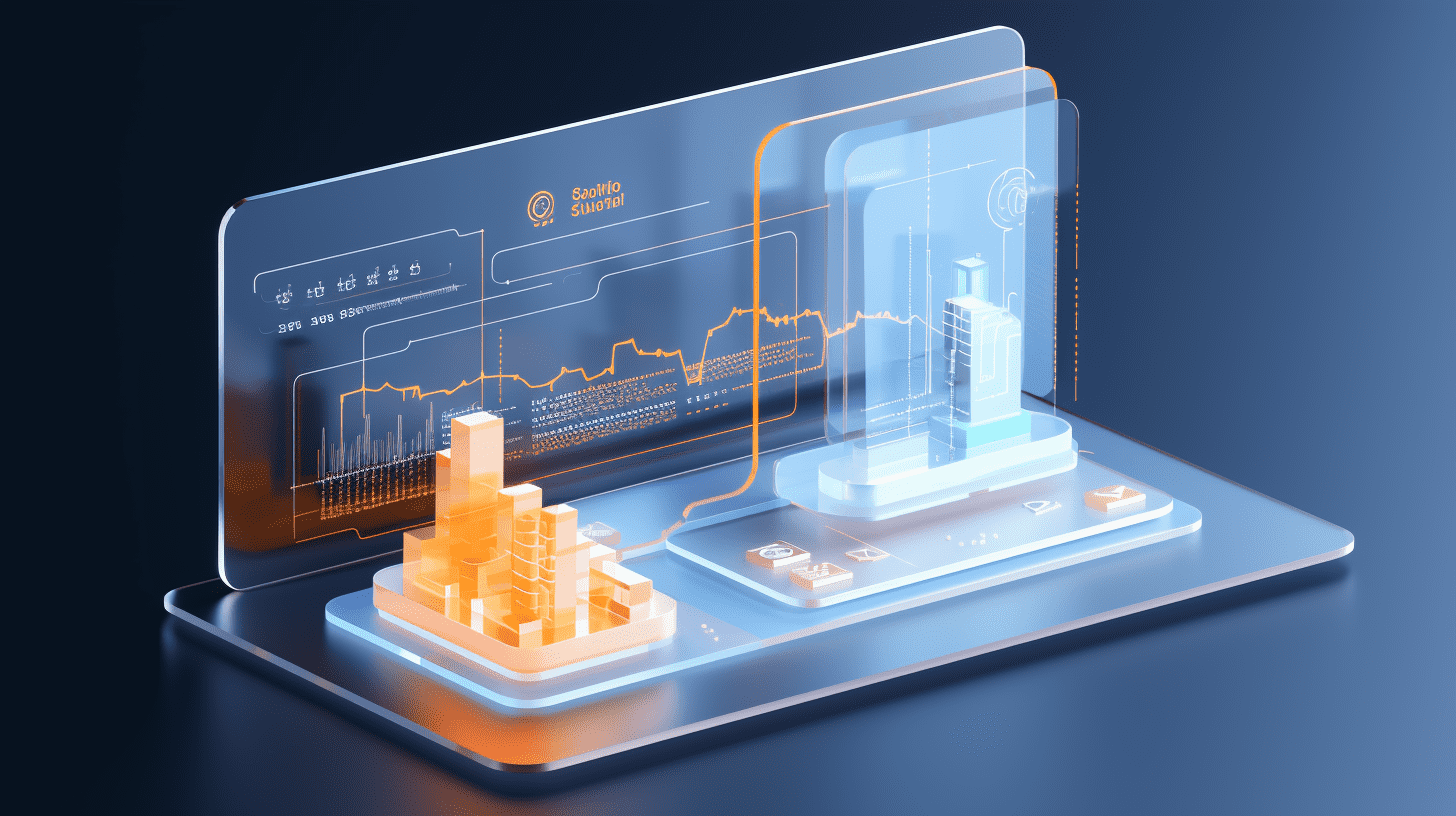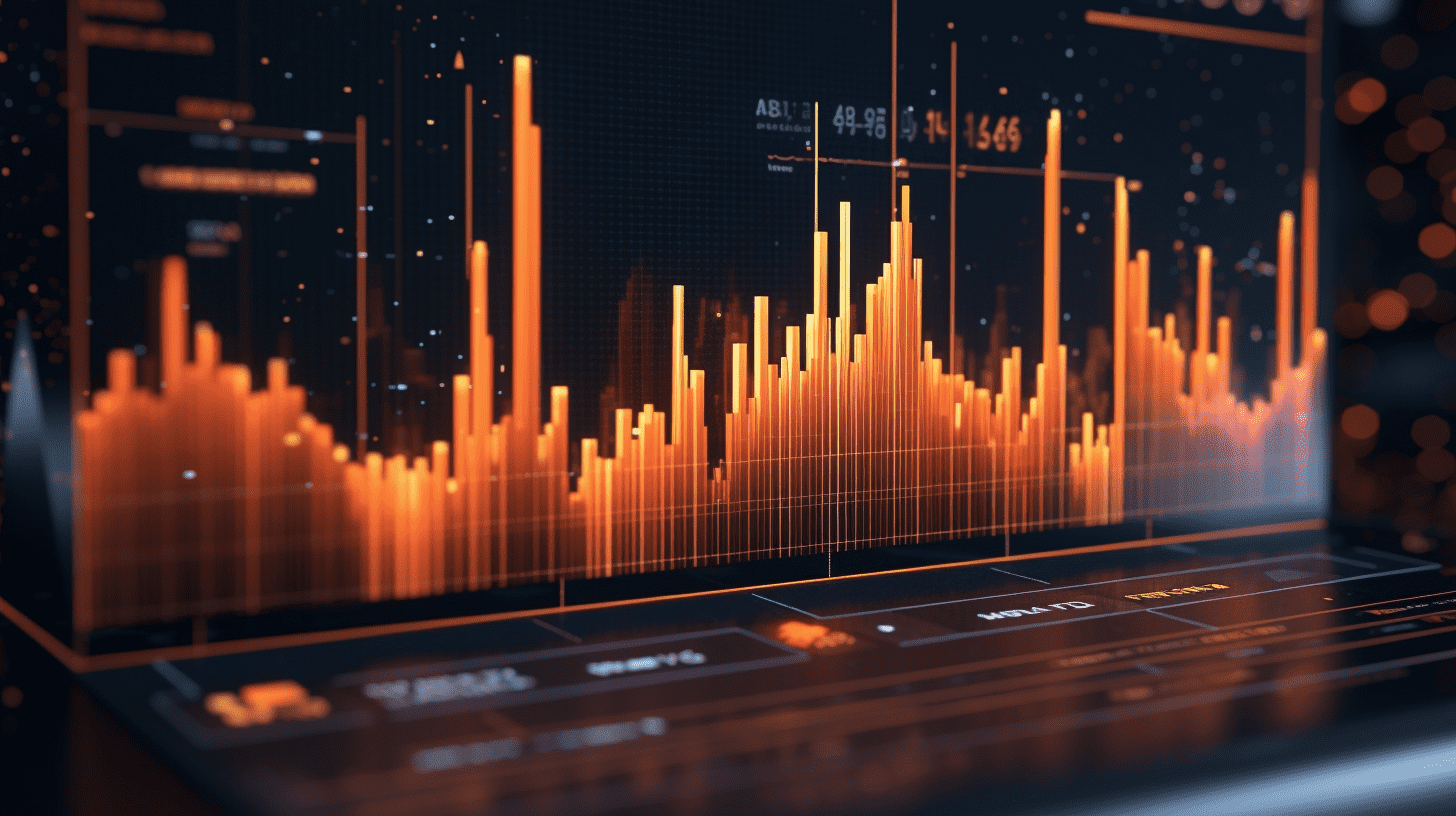Federal Reserve survey: Despite the shadow of stagflation, most respondents still expect the central bank to cut interest rates within the year.
Many respondents still expect the Federal Reserve to cut interest rates this year and next year to deal with the increasingly worsening economic weakness.
In the shadow of "stagflation" where high inflation, high unemployment, and economic slowdown intersect, the market is becoming increasingly pessimistic about the outlook for the US economy. However, the latest May survey by foreign media shows that the majority of respondents still expect the Federal Reserve to cut interest rates this year and next year to address the worsening economic weakness.
The survey shows that in the face of persistent high prices caused by tariffs and weakening job growth, 65% of respondents believe that the Federal Reserve will choose to cut interest rates to address economic weakness, even with high inflation. By comparison, in the March survey, only 44% held this view, with most people at the time believing the Federal Reserve would keep rates unchanged. Now, only 26% believe the Federal Reserve will stay put, with only 3% of experts believing the Federal Reserve will raise rates in the stagflation environment.
The survey included a total of 31 participants, including fund managers, market analysts, and economists. They predict that the Federal Reserve's federal funds rate will decline to 3.71% by the end of 2025 and further decline to 3.36% by the end of 2026, meaning a reduction of nearly 100 basis points from the current level of 4.33%.
Stagflation expectations are on the rise: inflation is rebounding, unemployment is rising, and the likelihood of a recession is increasing significantly.
According to the survey, the probability of the US economy entering a recession in the next 12 months has soared from 22% in January to 53%, the largest increase between two surveys since 2022. At that time, the Federal Reserve was initiating a rapid rate hike cycle to curb inflation.
According to the survey expectations, the US consumer price index is expected to rise from the current 2.4% to 3.2% by the end of the year, but it is expected to fall back to 2.6% by 2026. The unemployment rate is expected to rise from the current 4.2% to 4.7% and will remain around that level in 2026. In terms of economic growth, GDP growth is forecasted to be only 0.8% this year, significantly lower than last year's 3.1%.
Lou Brien, a strategist at DRW Trading Group, said, "The Federal Reserve must show a stance against inflation, but in reality, they will be more sensitive to responding to a weakening labor market. Once the unemployment rate rises a few more percentage points or non-farm employment turns negative, the Federal Reserve will cut rates and claim that the weak economy will alleviate inflationary pressure."
However, some voices warn that this move will come at a structural cost. Richard Bernstein, the founder of Richard Bernstein Advisors, believes that this is equivalent to the Federal Reserve **"abandoning the 2% inflation target, which may be a permanent concession"**, although the Federal Reserve officials still insist that this goal will not change.
Looking ahead, respondents expect economic growth to rebound to around 2% by 2026, with some attributing this to the tax cuts and regulatory relaxations implemented by the Trump administration. Thomas Simons, chief economist at Jefferies in the US, said, "By the second half of 2026, the effects of government policies on taxation and regulation will push the economy back on a growth trajectory."
Worries about stock market overvaluation intensify, investor confidence is lacking
Amid worsening economic expectations, respondents generally believe that current stock market valuations do not fully reflect the imminent risks. 45% believe that the stock market has not yet factored in the risk of a recession, while 52% believe valuations are only "partially reasonable." Overall, 69% believe the stock market is "clearly or partially overvalued," higher than the 56% in the March survey.
However, the S&P 500 index is expected to remain flat overall this year but is expected to rise by nearly 11% by the end of 2026. Hugh Johnson, an economist at Hugh Johnson Economics, pointed out, "Although stock price valuations seem not high, market optimism remains too high. The stock market likely still has room to decline."
Trade policy as an economic cloud, the impact of tariffs is severely underestimated
The survey also shows that the pessimistic sentiment about economic expectations is partly due to the market's common belief that high tariffs will become a long-term policy. 63% of respondents believe that after the new trade agreement is reached, the US will maintain a 10% overall tariff. The vast majority of respondents believe that tariffs have a negative impact on US economic growth, employment, and inflation.
Constance Hunter, Chief Economist at the Economist Intelligence Unit, said, "The uncertainty of tariff policy and its goals is inhibiting companies' investment plans and new orders." Jack Kleinhenz, Chief Economist at the National Retail Federation, added, "Although everyone is concerned, nobody can accurately predict the direction of this tariff storm. Hopefully, price-sensitive consumers can withstand the upcoming impact."
What is even more worrying is that among respondents who believe that tariffs are harmful to the economy, 74% say that the government's promised tax cuts and regulatory relaxations cannot offset the negative impact of tariffs. Drew Matus, Chief Market Strategist at MetLife Investment Management, said, "Tariffs should be introduced after tax cuts so that negative impacts can follow positive stimulus."
Additionally, 73% of respondents believe that the government's stance on tariffs, immigration, and foreign policy has damaged America's international image, negatively affecting the overseas image of American companies, and 83% believe this has also reduced the attractiveness of US assets.
Related Articles

Tensions escalate in India-Pakistan situation, spot gold prices reach $3,400 per ounce.

The production of shale oil in the United States may have peaked. Diamondback Energy CEO warns that the country's energy security may be at risk.

Walking a tightrope among various pressures! The Federal Reserve may "stand pat" at this meeting.
Tensions escalate in India-Pakistan situation, spot gold prices reach $3,400 per ounce.

The production of shale oil in the United States may have peaked. Diamondback Energy CEO warns that the country's energy security may be at risk.

Walking a tightrope among various pressures! The Federal Reserve may "stand pat" at this meeting.

RECOMMEND

Tensions escalate in India-Pakistan situation, spot gold prices reach $3,400 per ounce.
07/05/2025

Goldman Sachs: Strong performance by tech giants boosts confidence, recent pullback provides a good opportunity to buy into the US AI sector.
06/05/2025

Hong Kong's foreign exchange reserves have once again reached a strong level, with the Hong Kong Monetary Authority subsequently selling $7.812 billion.
06/05/2025


